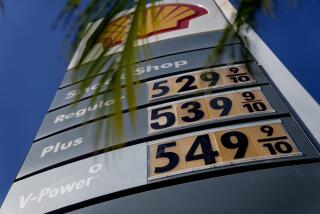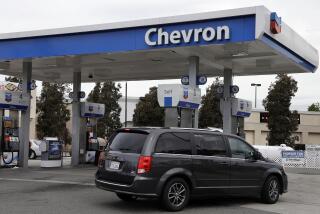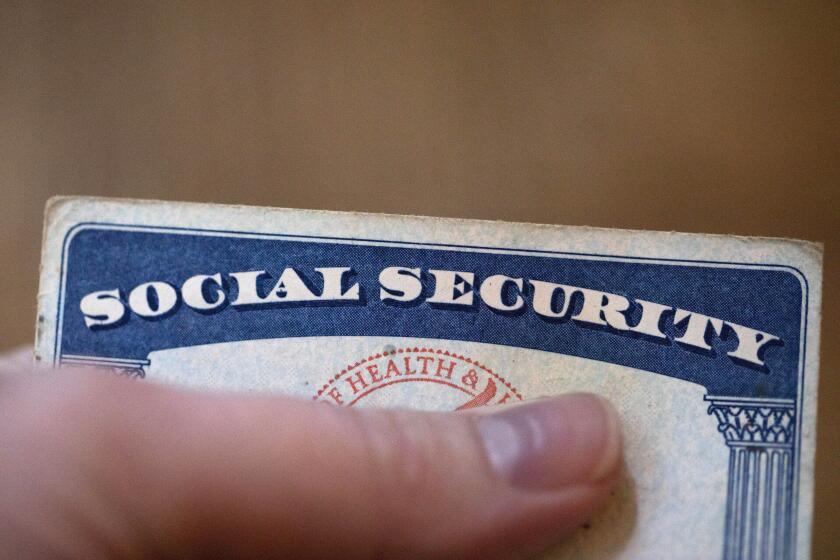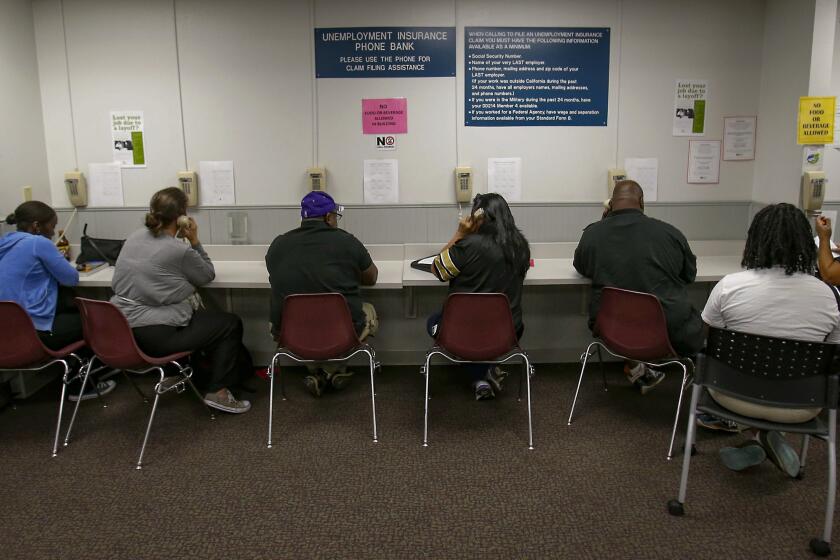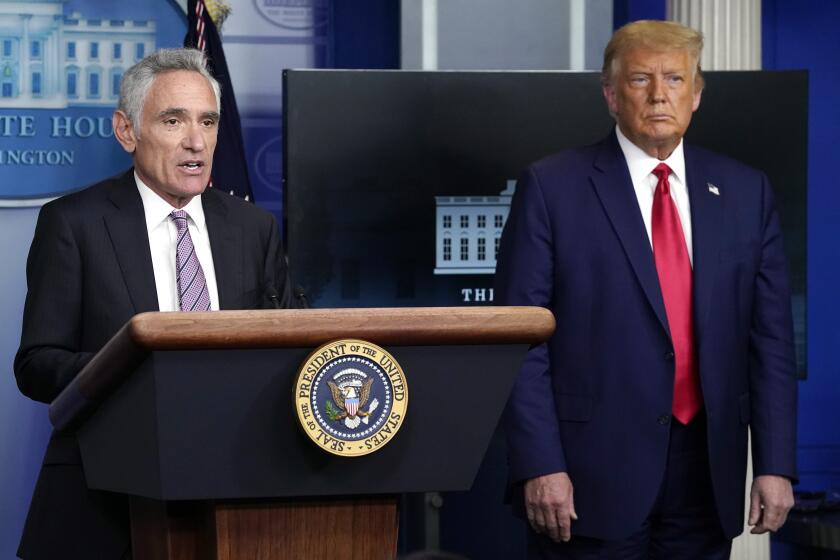Oil prices jump after OPEC fails to increase production quotas
Motorists could face higher costs at the gas pump, analysts said, as oil prices jumped after a meeting of OPEC ministers dissolved into bickering.
Members of the Organization of the Petroleum Exporting Countries, which pumps 40% of the world’s oil, unexpectedly failed to agree Wednesday on plans to increase production quotas to meet growing global demand.
Ali Ibrahim Naimi, oil minister for Saudi Arabia, OPEC’s biggest producer, called it “one of our worst meetings ever,” marked by so much discord that the cartel couldn’t even agree on when to meet again.
U.S. light crude, which had been trading as low as $98.02 a barrel Wednesday, surged in response to the OPEC development and an Energy Department report that U.S. crude inventories had declined more than expected. Oil closed at $100.74 a barrel, up $1.65, on the New York Mercantile Exchange. London benchmark Brent crude climbed $1.07 to $117.85 a barrel on the ICE Futures Exchange.
Amy Myers Jaffe, senior energy analyst at Rice University’s Baker Institute for Public Policy, warned that rising demand could push U.S. oil futures to between $110 and $120 a barrel. That would equate to pump prices of $3.93 to $4.25 a gallon across the U.S., just as gasoline prices seemed to be headed for a sustained decline.
“We can expect gasoline prices to creep up if it stays in this range,” Jaffe said.
The average price of a gallon of gasoline in California was $3.97 on Wednesday, down sharply from $4.264 a month earlier. Nationally, the average reached $3.748 a gallon, down from $3.960 a month earlier.
Saudi Arabia, backed by Kuwait, Qatar and the United Arab Emirates, had begun the OPEC meeting in Vienna hoping to persuade the group to enforce its first official production increase since September 2007. The Saudi contingent believed that current prices were weighing on global demand and the economic recovery.
On May 2, crude reached as high as $114.83 a barrel on the New York Mercantile Exchange, the highest intraday price since September 2008. In London, Brent crude peaked April 11 at $127.02 a barrel, the most since August 2008.
Although prices have slipped since then, demand has been rising. The Energy Department said in a recent report that it expected global consumption to increase by 1.7 million barrels a day this year from 2010 consumption of about 86.7 million barrels a day.
But the Saudi group was opposed by members led by Venezuela, Iran, Ecuador and Iraq. Before the meeting began, Venezuelan President Hugo Chavez set the tone by telling reporters in Ecuador: “We do not agree with production being increased now. We must continue to consolidate balance in the market and we have to defend fair prices.”
Economist Peter Morici of the University of Maryland said expensive foreign oil was strangling consumers and leaving employers with too little profit to feel confident about expanding their workforce.
“Too many dollars go abroad to purchase Middle East oil,” Morici said, adding, “This leaves U.S. businesses with too little demand to justify new investments and hiring, too many Americans jobless and wages stagnant, and state and municipal governments with chronic budget woes.”
OPEC remains officially committed to the production quota of 24.85 million barrels a day set in December 2008, just as world demand was slumping and the global recession was about to hit with full force.
Some analysts contend that Wednesday’s fractious meeting signaled that OPEC members could no longer be counted on to act in concert. They expect the group’s oil ministers to return to their respective countries and pay only lip service to the current quota while privately attempting to sell as much oil as they can.
Even OPEC’s own analysis of its quota performance raises some doubts. On May 12, in its most recent self-examination, OPEC said its compliance rate was 69%.
“OPEC meetings are like the royal weddings. You watch them for the spectacle, not for the significance,” said Tom Kloza, chief oil analyst for the Oil Price Information Service in Wall, N.J. “OPEC is in disarray, and that means the production ceilings are going to be meaningless.”
Kloza thinks OPEC members will produce enough independently to keep the market well supplied, which will allow fuel prices to continue the decline seen in most parts of the country in recent weeks. He expects California gasoline prices to drop to $3.75 a gallon and the national average to hit $3.50 a gallon soon.
“We will need more OPEC oil if we are to see moderate economic growth in the U.S. and abroad, and I think we will get it,” Kloza said.
More to Read
Inside the business of entertainment
The Wide Shot brings you news, analysis and insights on everything from streaming wars to production — and what it all means for the future.
You may occasionally receive promotional content from the Los Angeles Times.
